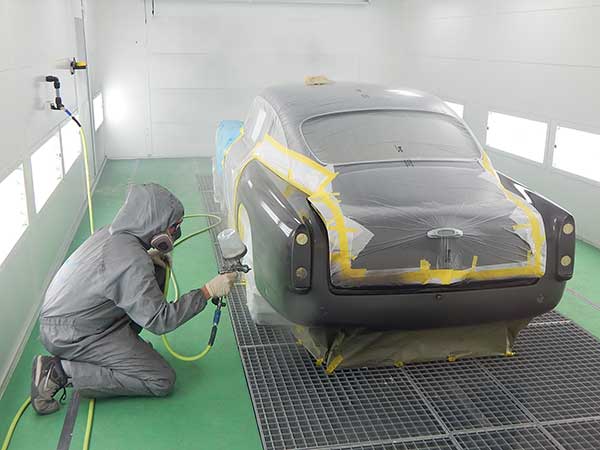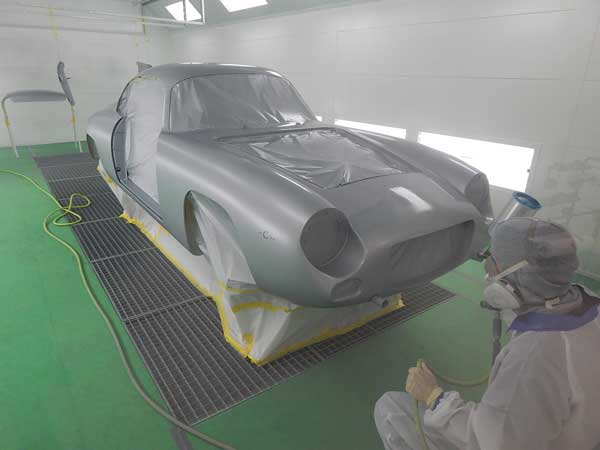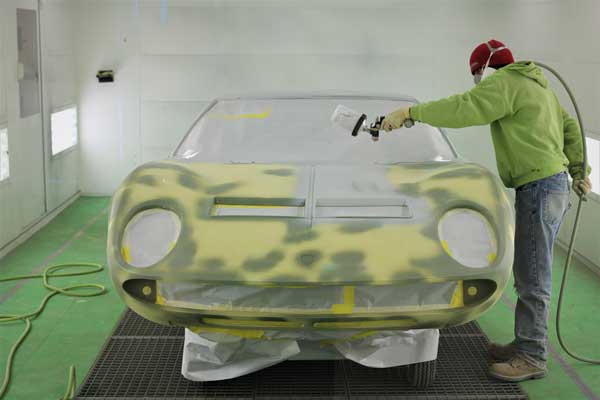Ah, the classic car! A symbol of nostalgia, craftsmanship, and sheer beauty. Restoring one is like bringing a piece of history back to life. But, how do you ensure that its paint job does justice to its legacy? Let’s dive in!
Understanding the Importance of Paint Choice

The Role of Paint in Car Restoration
Paint isn’t just about aesthetics. It’s the protective shield that guards your classic car against rust, UV rays, and other environmental hazards. A good paint job can enhance the car’s value, while a poor one can diminish it. Think of it as the car’s skin – it needs to be flawless!
Factors Influencing Paint Selection
Different cars and owners have different needs. Whether it’s matching the original color or going for a modern twist, your choice of paint can make or break the restoration project.
Types of Car Paints
Navigating the world of car paints can be daunting. But don’t worry, we’ve got you covered!

Acrylic Paints
These are water-based paints known for their quick drying time and glossy finish. They’re durable and can be either lacquer-based or enamel-based. While they give a shiny look, they might not be as long-lasting as other types.
Urethane Paints
Urethane paints are a favorite among professionals. They offer a combination of durability and a beautiful finish. Plus, they’re resistant to chipping and can be applied over any existing paint.
Enamel Paints
Enamel paints provide a hard finish, typically glossy. They’re durable but can take longer to dry. Some might require a clear coat for added protection and shine.
Factors to Consider When Choosing Paint
Car’s Original Color
Staying true to the car’s original color can maintain its authenticity. However, if you’re feeling adventurous, you can opt for a new shade. Just ensure it complements the car’s era and style.
Durability Needs
Consider the environment your car will be exposed to. If it’s going to face harsh conditions, you might want to opt for a more durable paint.
Finish Preferences
From matte to glossy, there’s a range of finishes available. Your choice will depend on the look you’re aiming for.
Preparing Your Car for Painting

Cleaning and Sanding
Before you even think of painting, the car needs to be spotless. Any dirt or rust can ruin the paint job. Sanding ensures a smooth surface for the paint to adhere to.
Priming
Priming is like laying the foundation for your paint. It ensures better adhesion and longevity of the paint.
The Painting Process
Techniques and Tips
Always paint in a well-ventilated area and wear protective gear. Start with thin coats and gradually build up. This ensures an even finish without drips.
Drying and Curing
Patience is key! Allow ample time for the paint to dry between coats. Once done, let it cure for a few days to achieve the best results.
Choosing the perfect paint for your classic car is a blend of art and science. It’s about understanding the car’s needs, the available options, and your personal preferences. With the right choice, your classic car will not just look stunning but will also stand the test of time.
